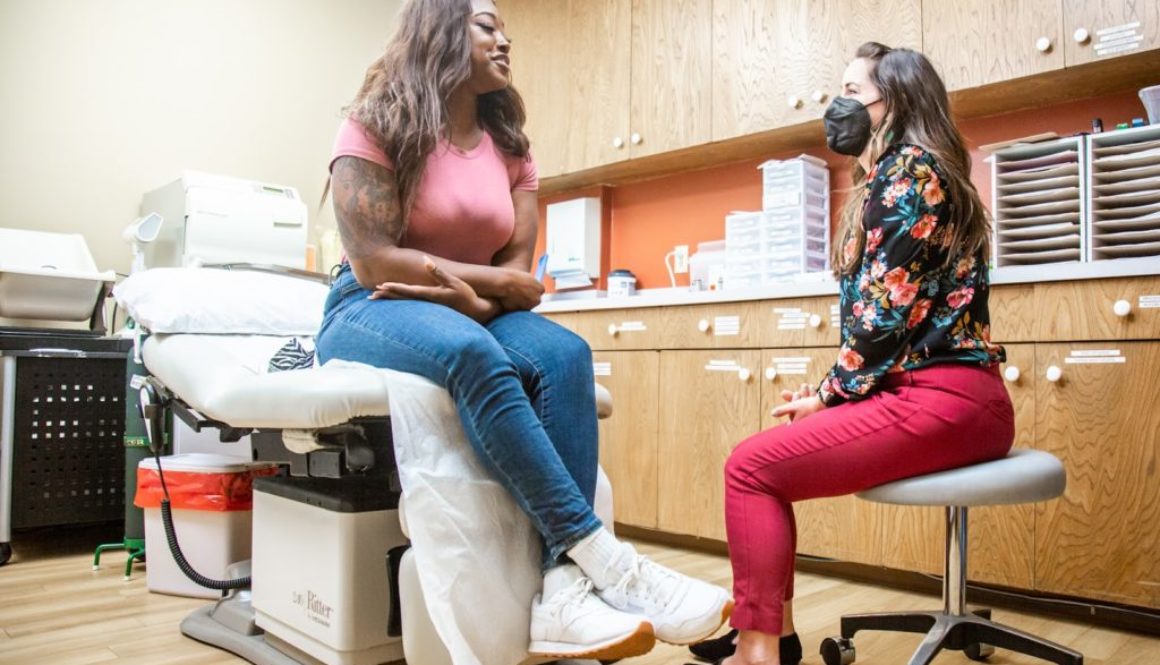5 Signs You Should Have Your Mole Removed
Almost everyone has moles. The vast majority of these small, round, brown colorations on the skin are completely harmless and will never require a medical evaluation or removal.
There are certain circumstances, however, that warrant getting a mole examined by a physician and possibly removed. The professionals at Richfield Medical Group have made the identification of these circumstances easy. The 5 indicators of a mole that might be worth removing can be abbreviated as A-B-C-D-E – simple right? Let’s dive into each letter of the acronym.
1. Asymmetry
Moles that are normal and healthy will usually be round or oval-shaped, meaning they are symmetrical. A mole that doesn’t fit this description, or is asymmetrical, should be examined. When a mole carries an irregular shape, it could be a sign of excess growth. Moles that are cancerous or precancerous are often found to be asymmetrical.
2. Border
The border of a mole should be clearly defined and smooth. If the edge of your mole is jagged, or if there is not a clear distinction between your mole and the surrounding skin, get it checked out by a doctor.
3. Color
Moles should be brown, tan, or flesh-colored. Moles that have spots of red, blue, white, or grey could pose a risk of developing into skin cancer. If a mole has unusual coloring, it should probably be removed.
4. Diameter
Diameter refers to the width of the mole, or how much space it takes up on your body. Most moles are small – extremely large moles should be examined by a physician. As a general rule, a healthy mole should be no more than 6mm in diameter, or about the size of the width of a pencil eraser. If you have a mole that is noticeably larger than this, schedule an appointment with your physician.
5. Evolution
“Evolution” means change. This refers to the steadiness of the mole’s presence and characteristics. If a mole appears later in life, particularly after age 30, it could be a sign of an abnormality. Similarly, if the appearance of a mole (symmetry, border, color, diameter) are noticeably evolving over time, you should see a doctor. A mole should have a constant, stable appearance on your skin.
Schedule a Screening with Richfield Medical Group
If you have any questions about a mole, or other issues related to your health, the physicians at Richfield Medical Group would be happy to help. Our friendly staff look forward to serving you with first class service: we offer in-person visits, as well as telehealth virtual consultations for some services. At Richfield Medical Group, we are ready and able to provide your family with the answers and the care you need. Please call our clinic at 612-861-1622 or visit us online at richfieldmedicalgroup.com to learn more.




